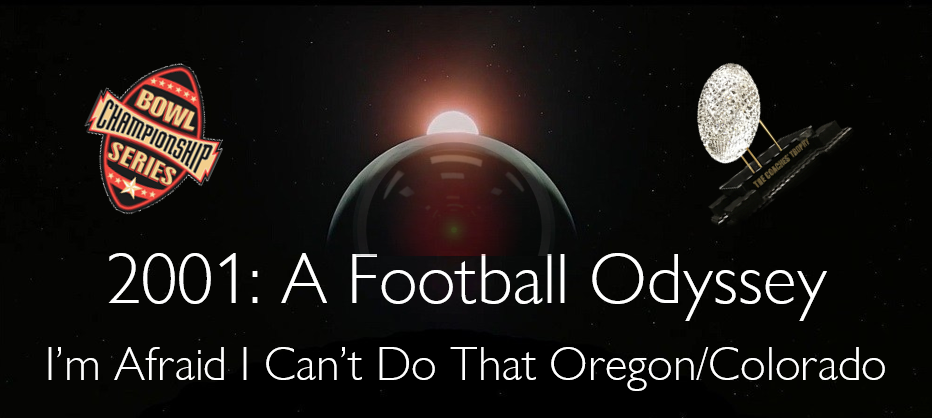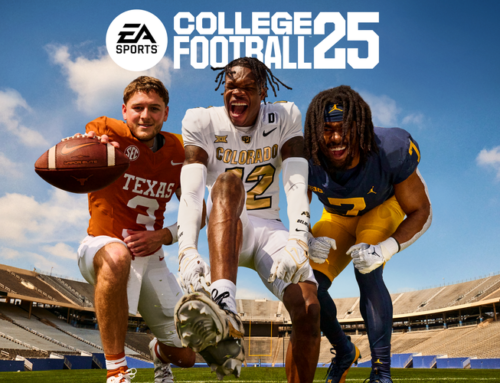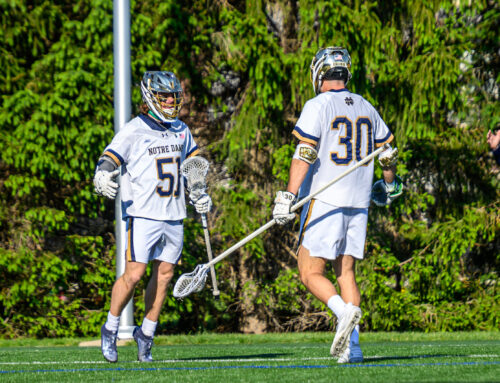Welcome back to the Odyssey. As always, you can click here to read all parts of the journey covered so far. Last time, we took a look at the final regular season game of the 2001 season, the 2001 SEC Championship. Today, we take a look at the consequences of that game and how the BCS shook out after weeks of upsets and surprises.
Introduction: One Final Game
Before we dive into the final BCS Standings, I wanted to briefly bring up an important contest. Shoutout to TipTop25.com who keyed me into this on their revision of the 2001 Final AP Top 25. A December 7th game between TCU and Southern Miss, where both teams were fighting for bowl eligibility, mattered to the SOS of Colorado and Nebraska. I’ll leave their quote in below:
Texas Christian, you see, had lost to Nebraska. And Southern Miss had played Oklahoma State, who played Colorado. This game mattered because of the BCS’ strength of schedule component, which measured opponent win % (2/3) and opponents’ opponent win % (1/3).
TCU would go on to knock off Southern Miss 14-12, after Southern Miss’ Jeff Kelly threw an interception to TCU’s Kenneth Hilliard. The results helped shake out the below final BCS Standings.
The Final 2001 BCS Rankings
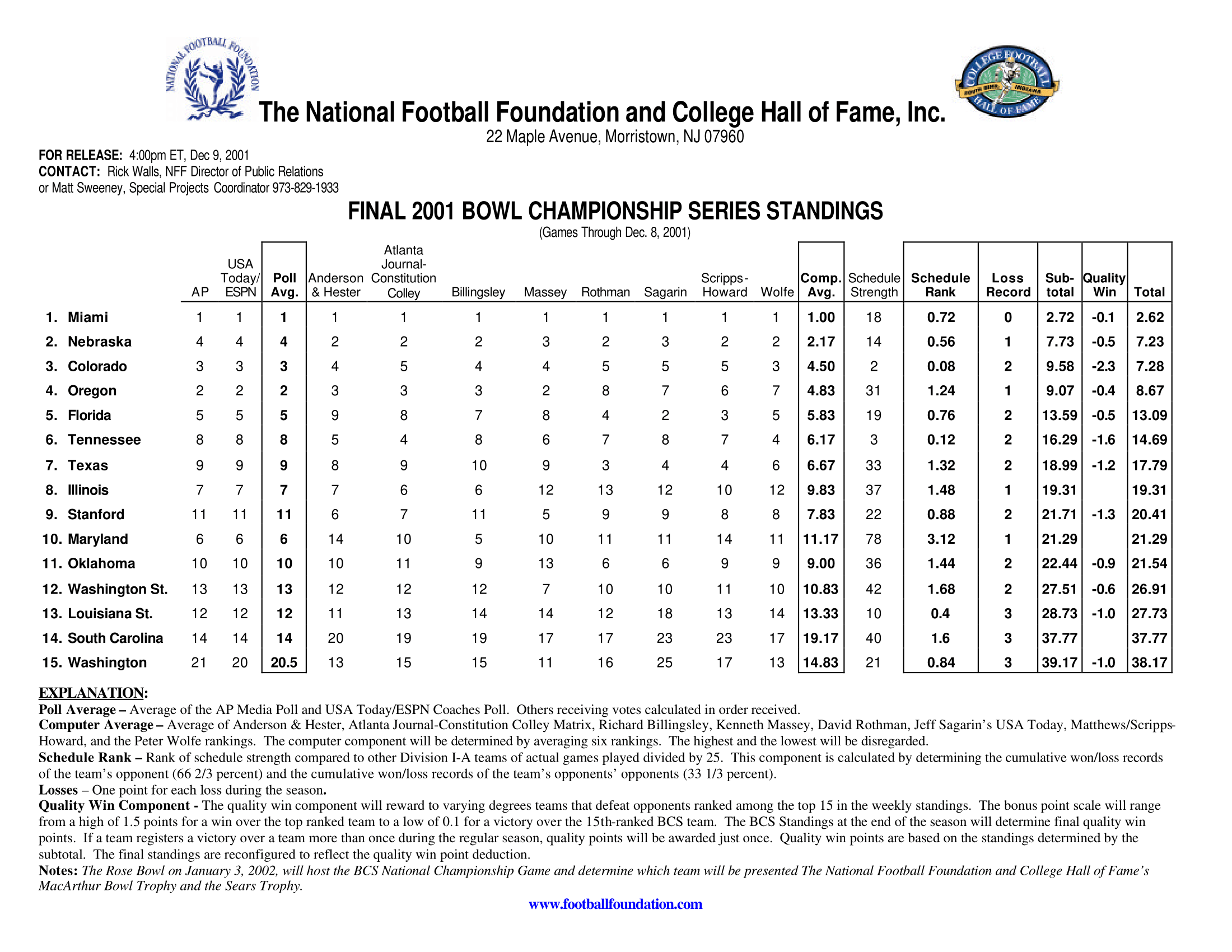
So, despite the head to head result of Colorado beating Nebraska, the Huskers maintained their lead over Colorado in the BCS Standings from the previous week. Looking up research for the reasons Nebraska seemed to steady out in the spot above Colorado and Nebraska, it seems that it can be pointed to their blowout wins. In their first eleven games, Nebraska won by an average of 26 points. This massive discrepancy seemed to give them favor in the computer rankings. Their average poll ranking also got a boost with all of the subsequent losses that occurred between the Colorado loss and the final rankings.
As for the Ducks, they simply played in too many close games. I mentioned during their game breakdown that they seemingly needed to blowout Oregon State in order to have a chance, and they couldn’t do it. They did rise to #2 in both human polls, but the computer polls did not put them consistently close enough to the other two teams That combined with lack of “key victories” and a weaker strength of schedule (most likely due to missing Washington for the first time since WWII) spelled doom for Oregon compared to their Big 12 counterparts. However, in the more updated BCS standings the Ducks would have had more of a chance.
| Rank | Team | APPts | AP | USAPts | USA | A&H | Colley | Billings | Massey | Sagarin | Wolfe | Sum | Comp | Total |
| 1 | Miami (FL) | 1800 | 1.000 | 1500 | 1.000 | 25 | 25 | 25 | 25 | 25 | 25 | 100 | 1.000 | 1.000 |
| 2 | Oregon | 1698 | 0.943 | 1398 | 0.932 | 23 | 23 | 23 | 24 | 19 | 19 | 88 | 0.880 | 0.918 |
| 3 | Nebraska | 1556 | 0.864 | 1334 | 0.889 | 24 | 24 | 24 | 23 | 23 | 24 | 95 | 0.950 | 0.901 |
| 4 | Colorado | 1649 | 0.916 | 1337 | 0.891 | 22 | 21 | 22 | 22 | 21 | 23 | 87 | 0.870 | 0.892 |
| 5 | Florida | 1396 | 0.776 | 1184 | 0.789 | 17 | 18 | 19 | 18 | 24 | 21 | 76 | 0.760 | 0.775 |
| 6 | Tennessee | 1309 | 0.727 | 1105 | 0.737 | 21 | 22 | 18 | 20 | 18 | 22 | 81 | 0.810 | 0.758 |
| 7 | Illinois | 1381 | 0.767 | 1145 | 0.763 | 19 | 20 | 20 | 14 | 14 | 14 | 67 | 0.670 | 0.734 |
| 8 | Maryland | 1384 | 0.769 | 1167 | 0.778 | 12 | 16 | 21 | 16 | 15 | 15 | 62 | 0.620 | 0.722 |
| 9 | Texas | 1226 | 0.681 | 1034 | 0.689 | 18 | 17 | 16 | 17 | 22 | 20 | 72 | 0.720 | 0.697 |
| 10 | Oklahoma | 1222 | 0.679 | 936 | 0.624 | 16 | 15 | 17 | 13 | 20 | 17 | 65 | 0.650 | 0.651 |
| 11 | Stanford | 1088 | 0.604 | 889 | 0.593 | 20 | 19 | 15 | 21 | 17 | 18 | 74 | 0.740 | 0.646 |
| 12 | Washington State | 897 | 0.498 | 764 | 0.509 | 14 | 14 | 14 | 19 | 16 | 16 | 60 | 0.600 | 0.536 |
| 13 | LSU | 1006 | 0.559 | 778 | 0.519 | 15 | 13 | 12 | 12 | 8 | 12 | 49 | 0.490 | 0.523 |
| 14 | South Carolina | 742 | 0.412 | 660 | 0.440 | 6 | 7 | 7 | 9 | 3 | 9 | 29 | 0.290 | 0.381 |
| 15 | Washington | 502 | 0.279 | 393 | 0.262 | 13 | 11 | 11 | 15 | 1 | 13 | 48 | 0.480 | 0.340 |
We will dive into this more on the final post next week, but using a more normalized percentage based formula rewards Oregon immensely. Their firm hold on the #2 spot in the human polls showcases the true distance they had over Colorado and Nebraska, as opposed a point. Plus, the one point difference in the real BCS Standings was overcome by the computer rankings and the quality win moniker. Nonetheless, the 2001 Ducks would have an interesting consolation prize.
The BCS Games: The Falling Dominoes
With Miami and Nebraska taking the two spots in the Rose Bowl, the rest of the BCS bowls needed to select their teams. Conference Champions Maryland, LSU, and Colorado were locked into the Orange, Sugar and Fiesta respectively. Since Oregon, as Pac-10 Champions, could not go to the Rose Bowl, they would be going to the Fiesta Bowl. Illinois, as Big Ten Champions, ended up going to the Sugar Bowl against the Tigers. The sole spot left was the other Orange Bowl team. Florida was the highest ranked non-champion and took the final Orange Bowl spot.
Our final matchups shown below. I also put what the BCS bowl games would be (within some reason between Nebraska and Illinois) given the new formula for the BCS Standings.
| Bowl | Team #1 | Team #2 | Bowl | NuTeam #1 | NuTeam #2 |
| Rose | #1 Miami (FL) | #2 Nebraska | Rose | #1 Miami (FL) | #2 Oregon |
| Orange | #8 Maryland | #5 Florida | Orange | #8 Maryland | #3 Nebraska |
| Sugar | #13 LSU | #8 Illinois | Sugar | #13 LSU | #7 Illinois |
| Fiesta | #3 Colorado | #4 Oregon | Fiesta | #4 Colorado | #5 Florida |
BCS Game Recaps: Doesn’t Share Well With Others

The 2001 bowl season had its own pseudo version of a playoff system with the Rose and Fiesta Bowls. The Fiesta Bowl, the first of the BCS bowls this season, saw Oregon and Colorado in the “Disappointed To Be Here and Not Pasadena” Bowl. However, talk before the game was hopeful in the scenario where Nebraska beats Miami. There would be a good chance that the winner could earn the AP National Championship, and earn a share with Nebraska.
Oregon made sure early that it would be them put into that consideration. Despite talk about both offenses being high powered, the defense of Oregon was the star early. Outside of an early drive for Colorado sparked by a screen pass, the Oregon defense held Colorado in check. The Buffs finished with only 49 yards on 31 rushes. Oregon’s offense showed off its balance. Joey Harrington had one of his best days, finishing 28/42 for 350 yards and 4 TDs. This was highlighted by the play that gave Oregon the lead for good. Harrington hit Sammie Parker in stride down the field for a 79 yard pitch and catch.
This was counter balanced by Onterio Smith and Maurice Morris finishing with 140 combined rushing yards. The backbreaker was a Morris 49 yard TD run, where he laid on a Buffs defender before getting up and running into the end zone untouched. Oregon would go on to win 38-16, finishing 11-1 and waiting to see what Nebraska would do.
The Sugar Bowl, later that night, also showed a lot of offense. For a while though, it felt like it was a repeat of the Fiesta Bowl. Domanick Davis, still in for injured LeBrandon Toefield, continued to impress after his SEC Championship performance. Davis scored the first three touchdowns for the Tigers, putting them out to a tremendous 34-7 halftime lead. The 27 second quarter points was a record for a single quarter in Sugar Bowl history.
The second half, Kurt Kittner and the Illinois offense tried to claw its way back into the game. Kittner hit Brandon Lloyd for two TDs in the third quarter, trying to decrease the deficit. However, Rohan Davey and the LSU passing game took over. Davey hit Josh Reed for a TD, his second of the game, to extend the lead for LSU. Reed finished with a Sugar Bowl record 14 catches for 239 yards and those two TDs. Illinois hung around, keeping the LSU lead to two scores, but another Davis TD sealed it. The LSU back finished with 122 rushing yards and 4 TDs. LSU would go on to win 47-34.
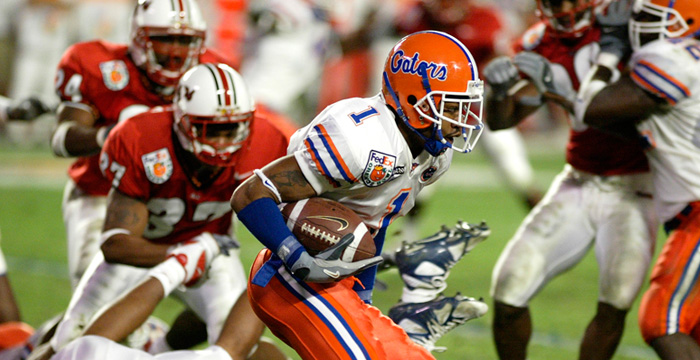
The Orange Bowl had more drama going into the game than there was in the game itself. Heisman finalist and Florida’s starter Rex Grossman missed head coach Steve Spurrier’s curfew by a half hour, and he was benched for backup Brock Berlin. However, Berlin was rumored to be transferring to Miami after the season and Spurrier was a hot candidate for NFL jobs, ultimately taking the Washington job two weeks after the Orange Bowl.
Once the game started two things were adamant; Grossman was a better QB for Florida, and when he was in the game Maryland had very little chance. Berlin finished 11/19 for 196 yards and 2 TDs. However, he also threw two interceptions. The second Maryland brought back to the 3-yard line, cutting the Florida lead to 14-10. Grossman soon entered and lit up the Maryland defense. The sophomore finished 20/28 for 248 yards and 4 TDs. The main target, and MVP of the game, was WR Taylor Jacobs. Jacobs finished with 10 catches for 170 yards and 2 TDs. Florida cruised to a 56-23 victory.
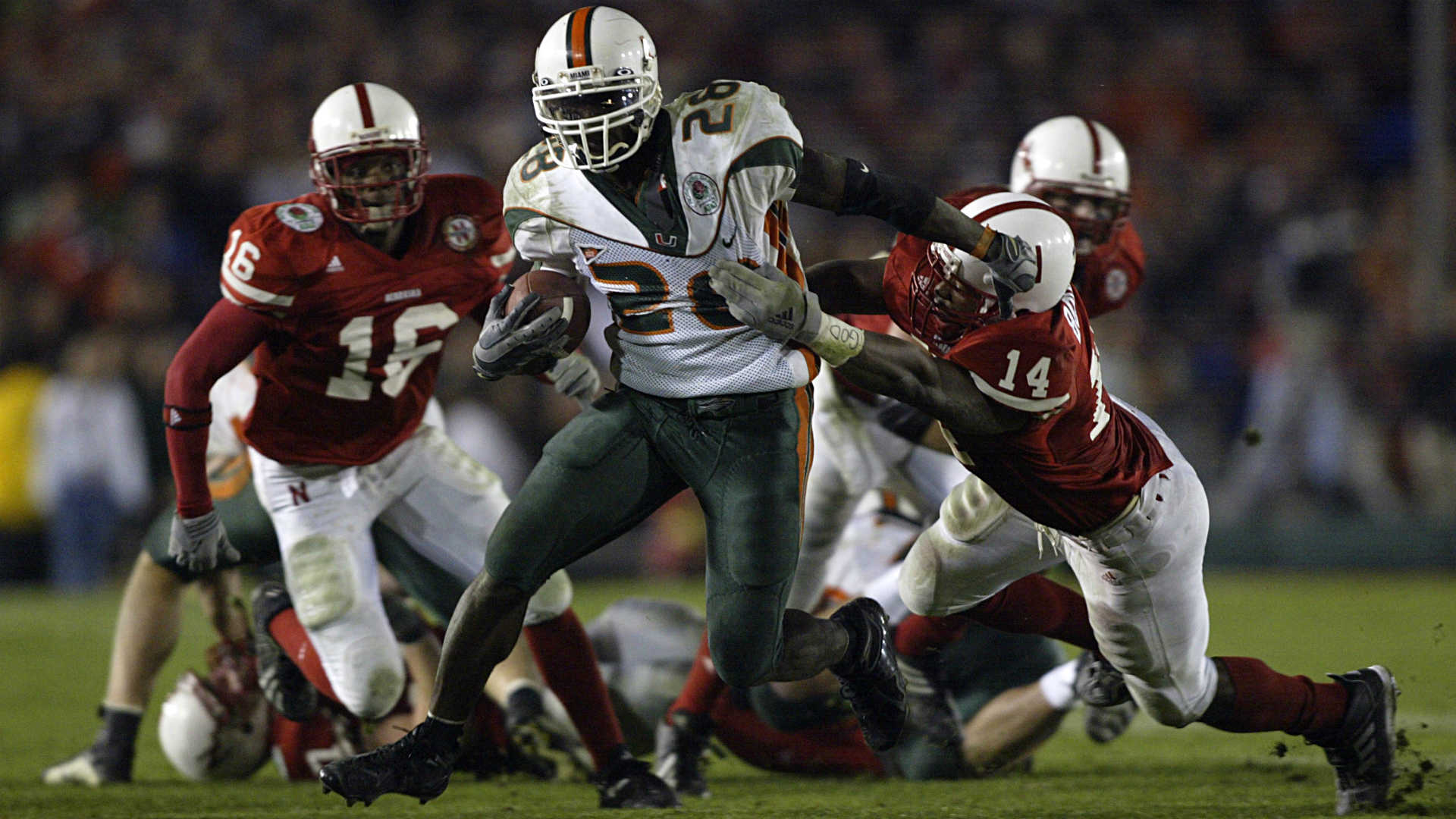
Finally, our main event of the BCS bowl season. The stakes seemed straight forward. Miami wins they get the National Championship they felt entitled to the previous year. If Nebraska wins, they get their first since 1997 and the first for Frank Solich. Also, if Nebraska wins, Oregon most likely gets the AP National Championship, giving the BCS its first split National Championship.
After some nerves shown by both QBs, Miami took over. Ken Dorsey threw an early interception to the Nebraska defense, which was his only mistake of the night. On the ensuing possession, Heisman winner Eric Crouch fumbled the ball on the option, giving Miami back the ball. Dorsey then hit a wide open Andre Johnson to give the Canes a 7-0 lead. Dorsey and Johnson were co-MVPs of the game. Dorsey finished 22/35 for 362 yards and 3 TDs. Johnson finished with 7 catches for 199 yards and 2 TDs.
The Hurricanes broke it open at the beginning of the second quarter. Clinton Portis rand for 39 yards for a TD to double the Miami lead. The ensuing possession spelled ultimate doom for Nebraska. James Lewis picked off a tipped throw by Crouch and sprinted to the house untouched to give Miami a 21-0 lead. The Hurricanes would lead 34-0 at the half and would never look back, winning 37-14. Miami would be the sole National Champion, their first in a decade and their first undisputed National Championship since 1989.
Conclusion: The 2001 Teams Look Forward
The 2001 Miami team is widely considered to be one of, if not the, best team assembled between their dominant showings in their schedule and their depth of NFL talent. However, Miami would not reach the heights they saw at the end of this 2001 season. They would fall short of back to back National Championships the following year, falling to Ohio State. Nebraska, on the other hand, wouldn’t even get close to a BCS bowl. Their 2002 season was the rare 7-7 season (Thanos nods in approval) and the 2003 season was ultimately Tom Osbourne’s final season. Osbourne was fire prior to the bowl game despite winning 9 games. Nebraska saw moderate success under Bo Pelini in the mid 10s, but was fired for not taking that next step that Huskers fans expected (and to an extent still expect).
Oregon would end up finishing #2 in both polls after the bowls. They would see roller coaster of success in the mid 00s, never quite reaching the level of the success they saw in 2001 until the 2010 season. The lone exception was the promise of the 2007 season. That season was cut short when star QB Dennis Dixon tore his ACL. Colorado, who finished #9 in both polls, would not get this close to a National Championship after the 2001 season. They finished ranked in the 2002 season, but then didn’t finish ranked until the 2016 season, when they were in the Pac-12.
LSU would go on to win the controversial 2003 BCS National Championship, knocking off Oklahoma. The 2001 season for Nick Saban would be his first of nine SEC Championship he would win between his stints in Baton Rouge and Tuscaloosa. Illinois, much like Nebraska, would very rarely share the success of the 2001 season. The blip in the timeline over the past twenty years was a Ron Zook led Rose Bowl team in 2007. The 2007 season would be the only season since 2001 where Illinois went into bowl season with a record above .500.
Steve Spurrier would leave the Florida Gators after the 2001 season, taking over the Washington Football Team. The ensuing years of Ron Zook ultimately led to the infamous FireRonZook.com website campaign. Florida would once again find Spurrier levels of success when Urban Meyer took over in 2005, winning two National Championships in his first four seasons there. Maryland, on the other hand used their 2001 season to stay in the relative higher echelons of college football. Despite not being able to beat Florida State in 2002 or 2003, the Terrapins stayed in the top fifteen each years. However, after that run, the program fell down to Earth, finishing only one season ranked since 2003.
That’s all we have for today. Next time on the Odyssey, I return back to the prompt of the whole series. I’ll make a case for the 2001 season both being among the craziest seasons and causing the issues of the BCS to come. Until then, sound off below on your thoughts of the 2001 BCS games and any of the teams’ futures!

